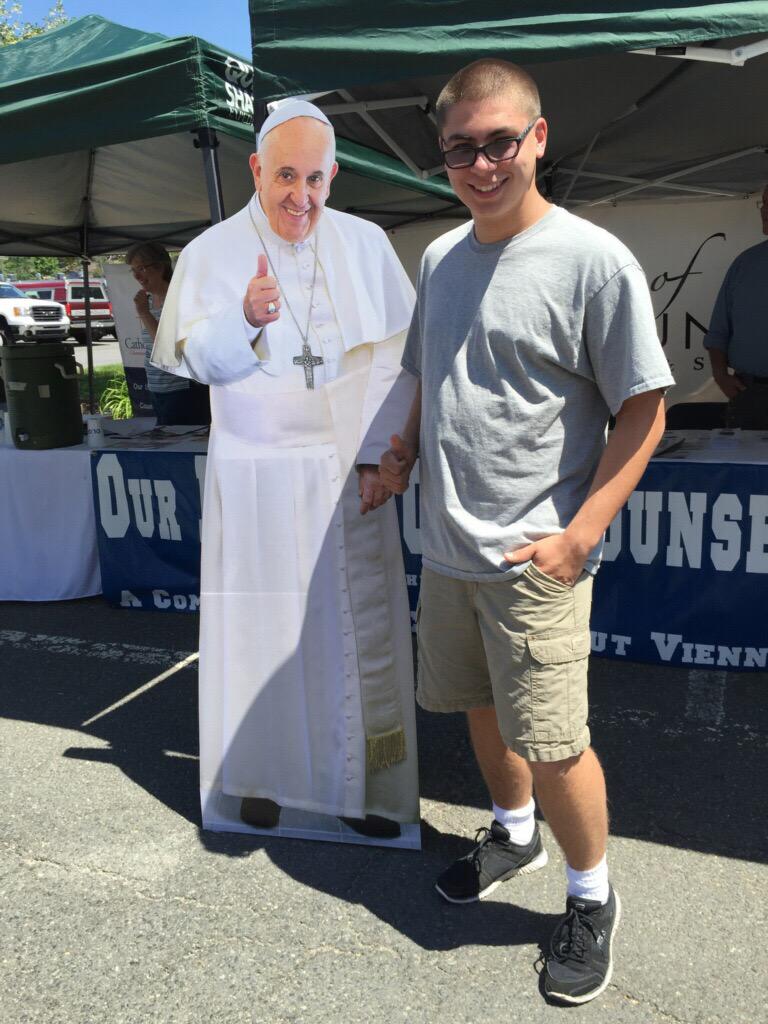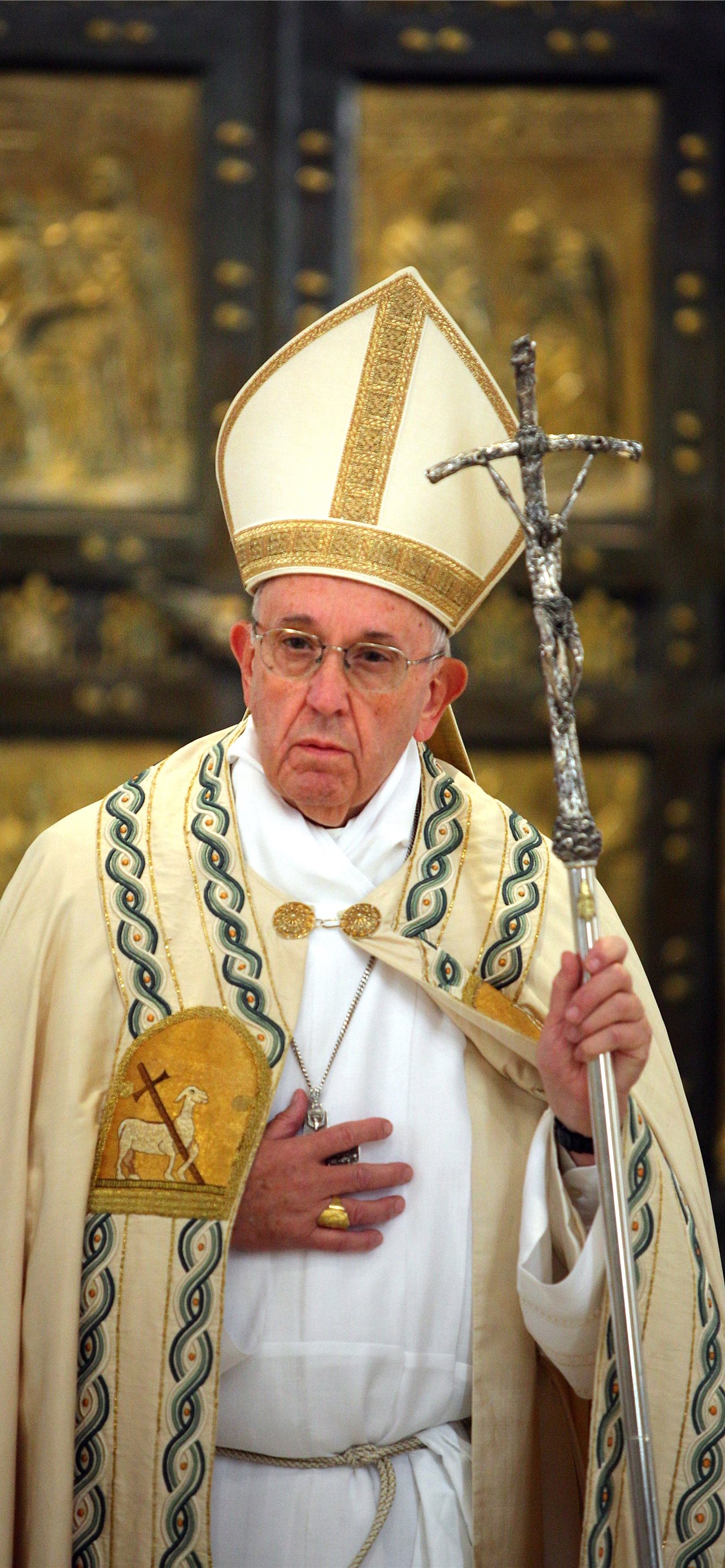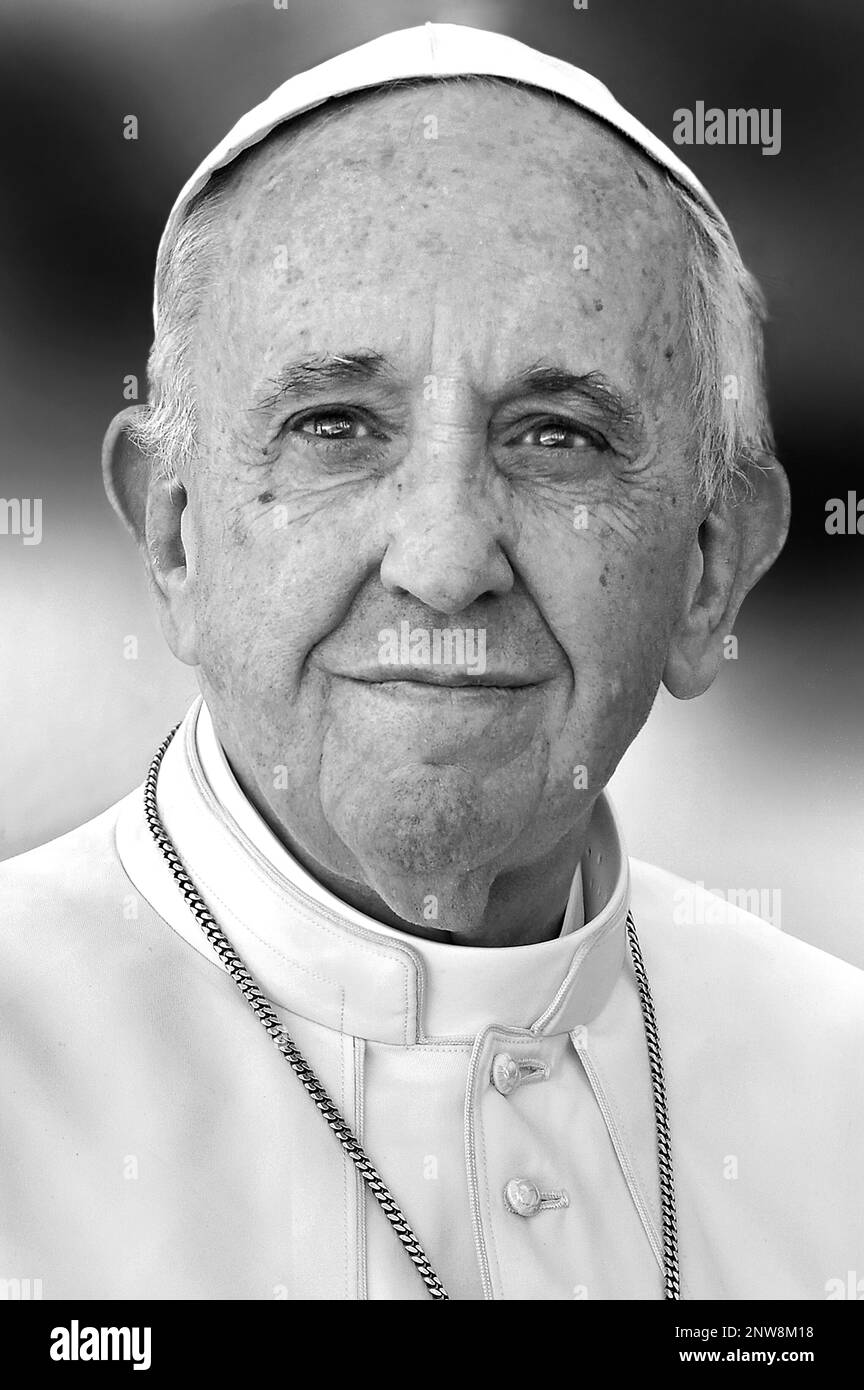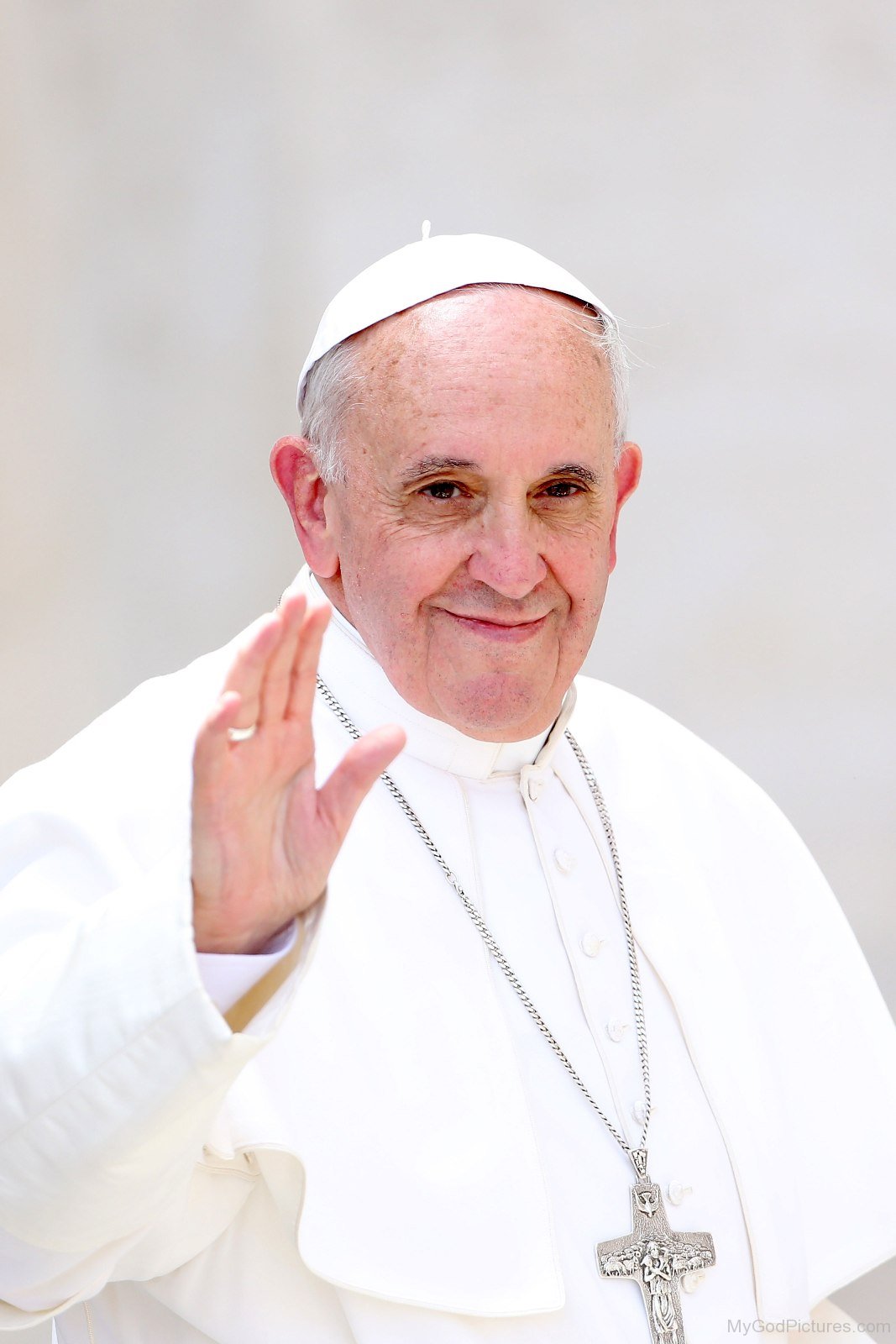How does a religious leader manage to connect with millions across the globe in such a profound way? Pope Francis, through his humble demeanor and impactful messages, transformed social media into a platform for spreading peace, compassion, and spiritual guidance. In his final days, the world witnessed the culmination of this legacy when he shared one last message on Twitter just hours before his passing. It was Easter Day, and as the sun set over Vatican City, the Pope reminded us all that we were not made for death but for life.
Throughout his papacy, Pope Francis demonstrated an unparalleled ability to communicate directly with people from all walks of life. His use of Twitter wasn't merely about numbers; it was about reaching hearts and minds. By the time of his death, the pontiff had amassed nearly 50 million followers across nine languages on his @Pontifex account. This achievement speaks volumes about his approachability and authenticity. Unlike many leaders who maintain distance, Francis embraced technology to bridge gaps between cultures and generations, ensuring his voice could reach even those living on the fringes of society.
| Bio Data & Personal Information | Details |
|---|---|
| Name | Jorge Mario Bergoglio (Pope Francis) |
| Date of Birth | December 17, 1936 |
| Place of Birth | Buenos Aires, Argentina |
| Elected as Pope | March 13, 2013 |
| Nationality | Argentinian |
| Career Highlights | Served as Archbishop of Buenos Aires before becoming Pope; known for advocating simplicity, humility, and social justice. |
| Professional Achievements | Gained global recognition for using social media effectively to spread spiritual messages; reached over 40 million followers on Twitter during his tenure. |
| Reference Website | Vatican Official Website |
Pope Francis' journey on Twitter began long before he became the first Latin American pope. As Cardinal Jorge Mario Bergoglio, he recognized the potential of digital platforms to engage with people worldwide. Once elected as Pope, he expanded this vision by creating multilingual accounts under the username @Pontifex. Each tweet carried weight, often addressing pressing issues like poverty, war, environmental degradation, and human rights violations. For instance, following the tragic assassination of former Japanese Prime Minister Shinzo Abe, the Pope expressed his condolences and reiterated Japan's commitment to peace and nonviolence—a testament to his global influence.
Despite its character limit, Twitter proved to be an ideal medium for Pope Francis' concise yet powerful messages. One milestone moment came when his total follower count surpassed 10 million across all language versions of his account. Among these, Spanish speakers formed the largest group, underscoring the importance of inclusivity in his outreach efforts. Even Arabic-speaking audiences found solace in his words, despite being fewer in number compared to other demographics.
The significance of Pope Francis' online presence extends beyond mere statistics. It represents a shift in how religious institutions interact with contemporary society. Through tweets like Come, follow me, he invited individuals to reflect on their faith and actions. Such invitations resonated deeply, inspiring countless conversations around themes of mercy, forgiveness, and service to others.
In his later years, Pope Francis continued leveraging social media to amplify calls for peace amidst global conflicts. His final tweet—Peace is possible—summarized the core tenets of his ministry. More than a statement, it served as a call to action for humanity to strive toward unity and understanding. That Easter Day, as the world mourned his departure, his parting words offered hope, reminding everyone that life triumphs over death.
Pope Francis' legacy lives on not only within the walls of the Vatican but also in the hearts of millions touched by his messages. Whether discussing climate change or condemning violence, he consistently emphasized our shared responsibility to create a better world. With each keystroke, he bridged divides, proving that leadership rooted in compassion can transcend barriers and inspire positive change.
As we remember Pope Francis, let us carry forward his vision of a peaceful, inclusive future. His example teaches us that communication, no matter how brief, holds immense power when delivered with sincerity and purpose. In honoring his memory, we honor the ideals he stood for—hope, humility, and humanity united in pursuit of lasting peace.



